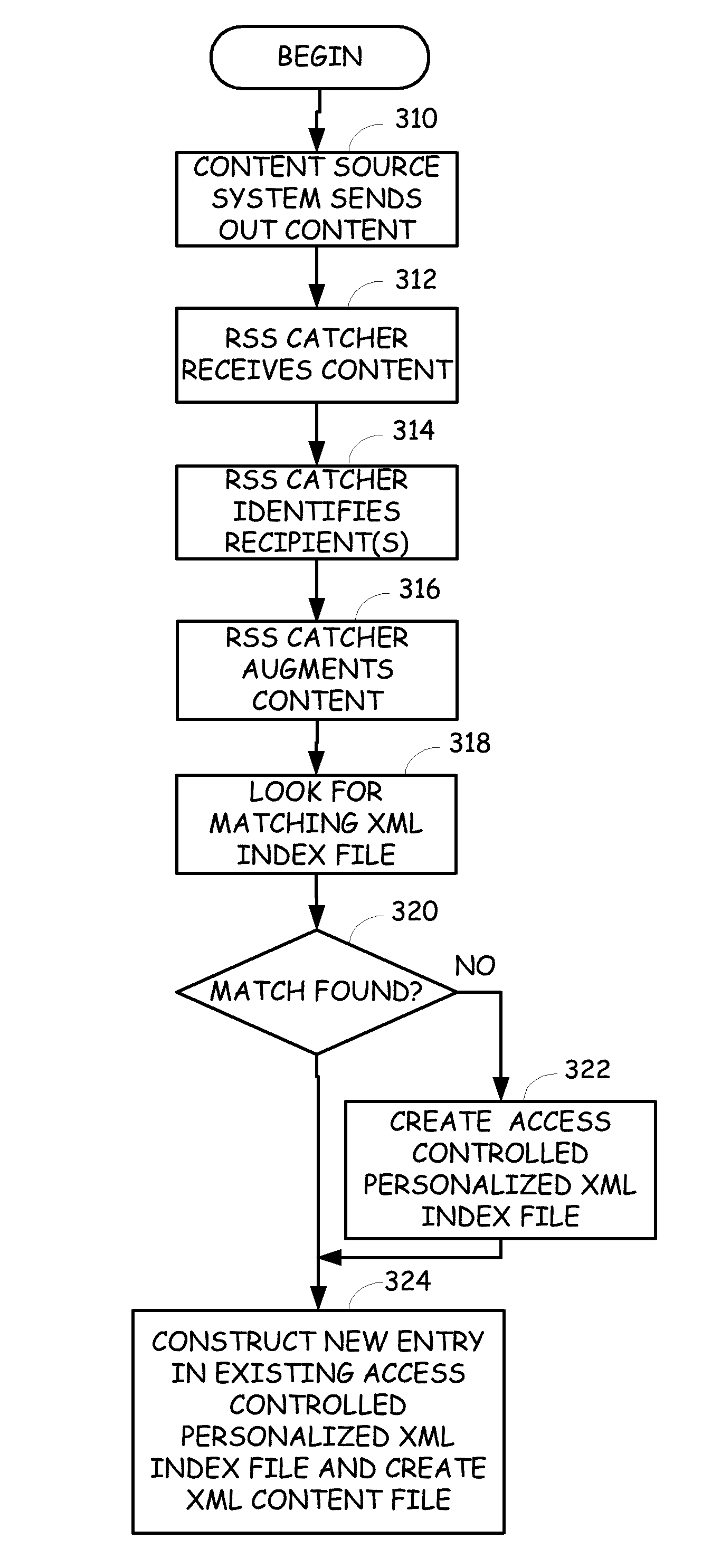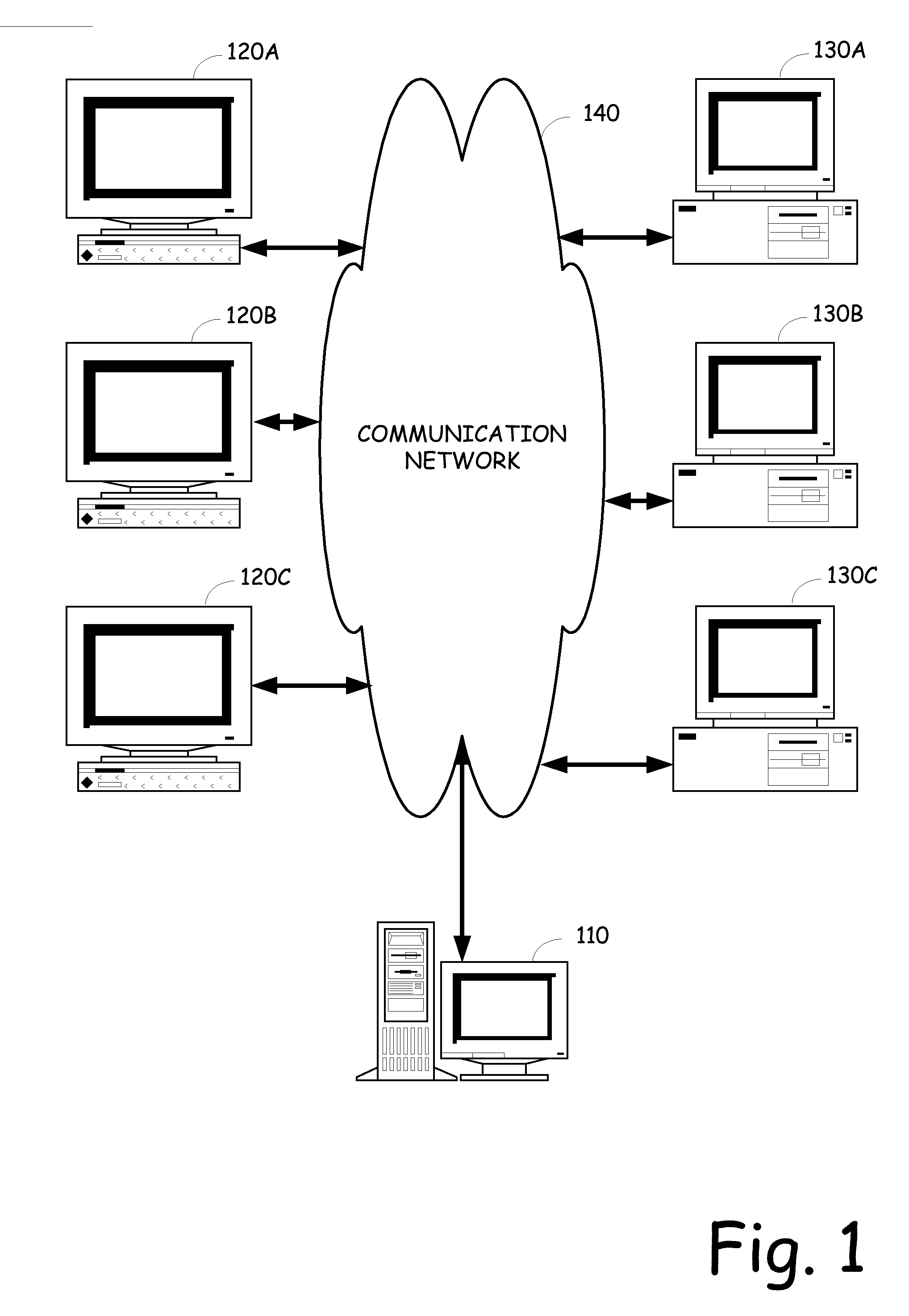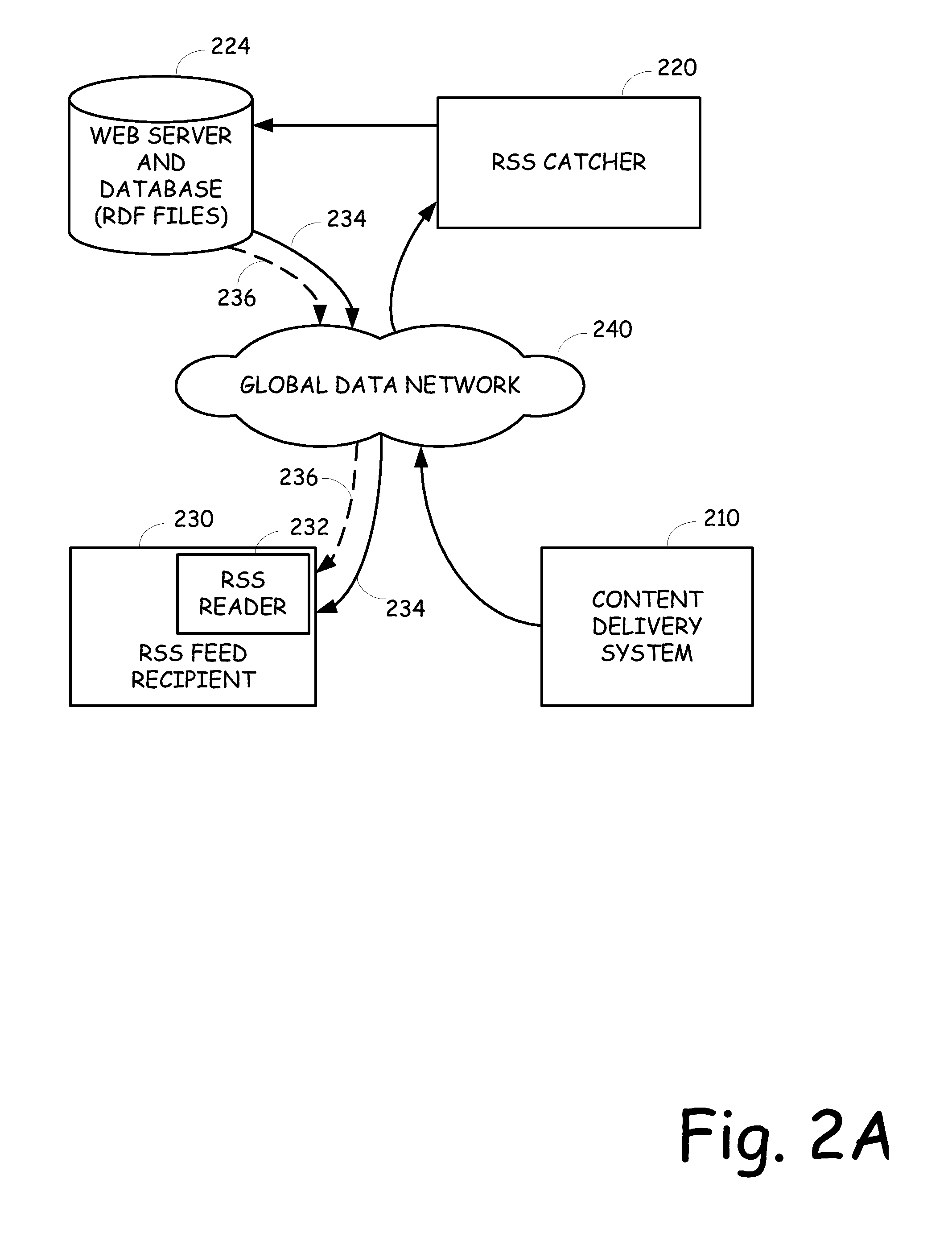Those connoisseurs of the pinkish, rubbery and oddly shaped meat product, or meat-oriented product, called SPAM may not fully understand or appreciate the reasoning behind the application of that name to the hordes of unwanted and unsolicited email messages that bombard your electronic in-boxes.
However, the same features of the current email
system and capabilities that make it so useful, are too easily exploited by unscrupulous spammers that simply push as much content as possible to as many destinations as possible.
Thus, as is experienced by the rest of the world, our in-boxes are filled with tasteless, undesired, and certainly unwelcome email messages or, also known as SPAM.
Unfortunately, spammers are not only giving legitimate email marketers a bad name, but they are reducing the effectiveness of email as a viable medium for such marketing and, more importantly, reducing its value of email communication to everyone—particularly end users who must plow through garbage to get the stuff they need.
These are common benefits that are available through email marketing; however, the dramatic growth of SPAM threatens the usefulness of this marketing technique.
Irregardless of the dramatic increase in the use of SPAM, most true marketers will tell you that unsolicited and annoying emails are not effective activities for serious marketers with real customer relationships and real brands.
However, by traversing that link, you basically notify the spammer that you are alive and viable, that your
email address is valid and policed, and such action may only encourage additional SPAM to be delivered to your
email address or, even worse, may support the selling of your contact information to other spammers.
However, the available techniques require significant effort and policing on the part of the user.
In addition, even with considerable effort on the part of the individual, SPAM filters are not always as effective as desired.
This could result in significant consequences to the user.
However, similar to the locally resident and defined SPAM filters, these systems can result in causing legitimate and desired email messages to be filtered and not reach the recipient.
It is not feasible for such companies to expect their customers to periodically visit the company's website on their own in an effort to determine if such a need exists.
Customers are generally too busy and have too many competing interests.
However, because the validity of a source sending an email message cannot be guaranteed, the end customer is vulnerable to
phishing.
Phishing exploits the inherent inability to ensure the validity of an email sender.
However, being able to confirm to the customer that an email contact is an authentic communication from the
service provider is a difficult challenge.
Another problem that is associated with the use of spam filters or anti-spam systems is that there is a probability that legitimate email messages may be blocked.
Eliminating false positives is a very difficult problem to address for email recognition and filtering technologies and failures on the functionality of this effort can be catastrophic in a business setting.
A
false positive result can quite costly to a company if they are losing business opportunities that were attempted to be delivered via email.
Most systems that are employed for eliminating junk email will most likely create false-positives and thus result in blocking legitimate email.
However, these advances in the art are deficient in that they are vulnerable to SPAM,
phishing and deliverability.
However, due to HIPA requirements and other obligations to maintain confidential information, a company may be prohibited from outsourcing such activities.
However, often times the reports or content predominantly contain non-confidential information and as such, much effort could be outsourced without the need to disclose the confidential information.
 Login to View More
Login to View More  Login to View More
Login to View More 


